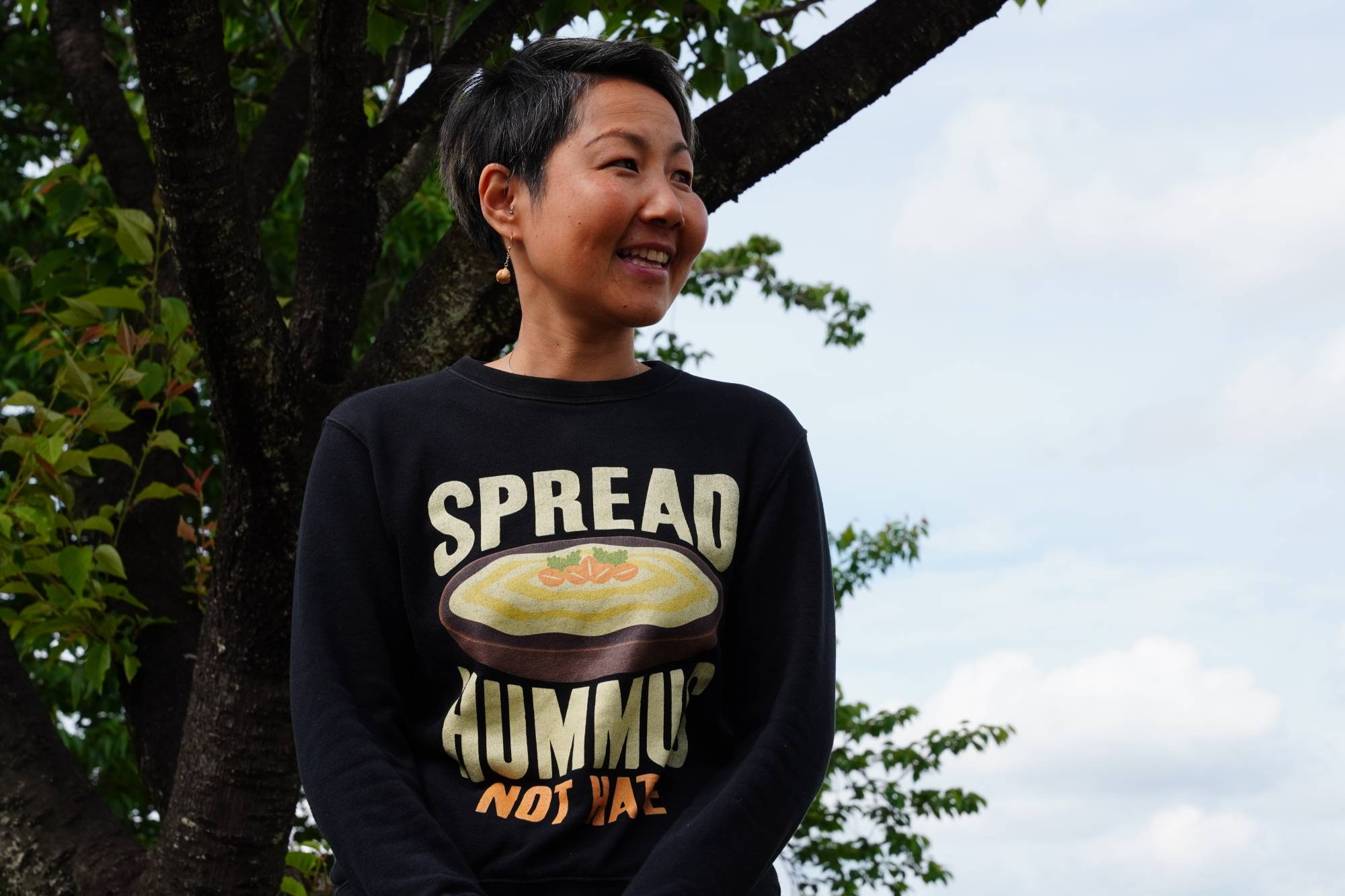Yuki Miyazawa, 44, has spent half of her life abroad, but in 2020 she finally decided to settle down in Tsukuba, Ibaraki Prefecture. Craving an international atmosphere, it wasn’t long before she started the Village Market Tsukuba with two business partners she met by chance.
1. When did you first start the Village Market Tsukuba? We started it in October of 2021.
2. You run the market with George Katakai and Emika Kato. How did the three of you meet? When I lived in the U.S., I owned two dogs: a Greater Swiss and a Bernese mix. I would post pictures of them on Instagram with a hashtag in katakana. I clicked on the hashtag to see if anyone else was using it. One profile said “from Vancouver to Tsukuba.” I knew I was moving to Japan soon, so I was so surprised to see they were in a similar situation with the same type of dog, so I messaged them. George and Emika responded, and we met up in August 2020 when I moved to Japan. Without our dogs, the market wouldn’t exist, so we put them on the Village Market logo.



















With your current subscription plan you can comment on stories. However, before writing your first comment, please create a display name in the Profile section of your subscriber account page.